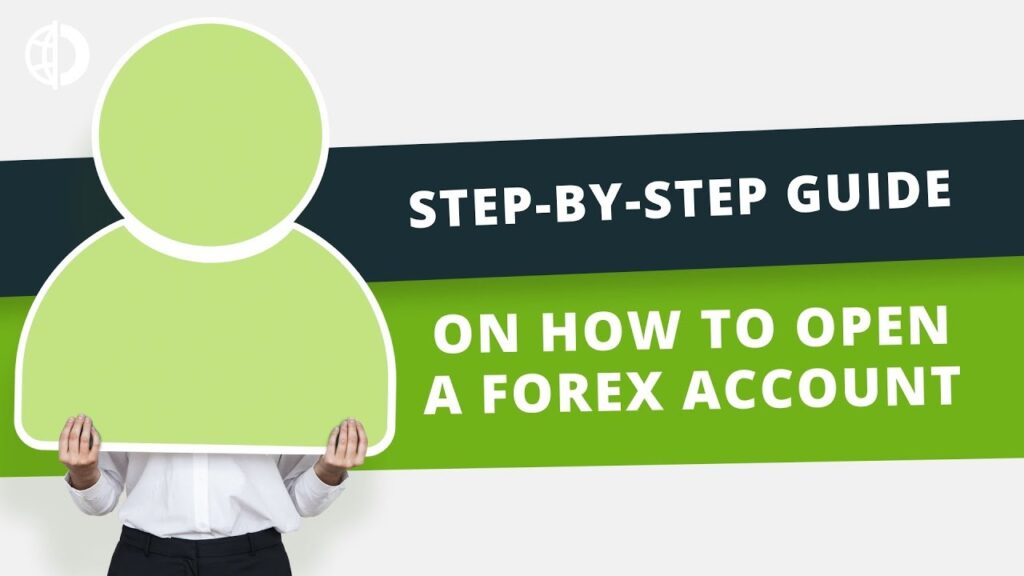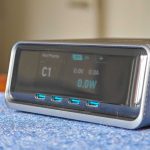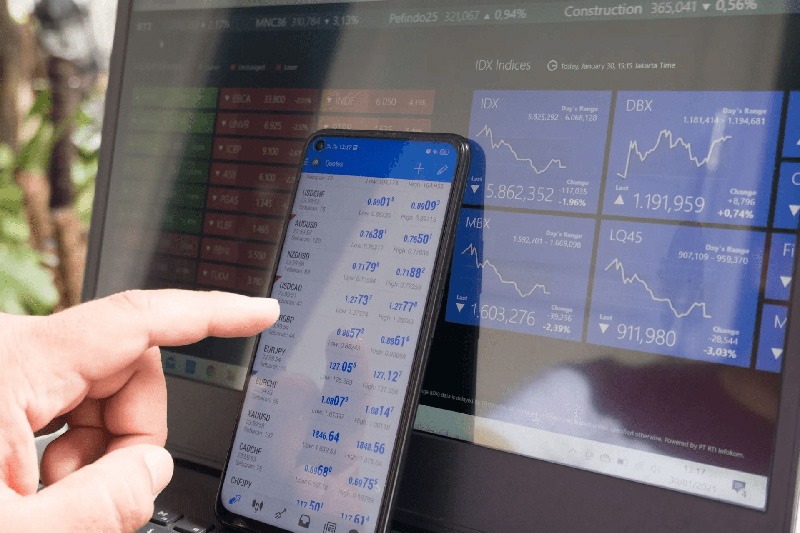Opening a Forex trading account allows you to participate in the global currency market and potentially profit from exchange rate fluctuations. Follow these steps to get started:

Step 1: Choose a Forex Broker
Research and compare various Forex brokers to find one that suits your needs. Consider factors such as regulation, trading platforms, spreads, leverage, account types, and customer support. Some reputable brokers include:
- XM Group
- IG Markets
- OANDA
- FXCM
- Plus500
Step 2: Visit the Broker’s Website
Once you’ve selected a broker, visit their website and look for an option to open a new account. This is usually a prominent button or link on the homepage, such as “Open an Account” or “Sign Up.”
Step 3: Select an Account Type
Brokers often offer several account types, such as:
- Standard Account: The most common account type with a moderate minimum deposit and access to standard trading features.
- Mini Account: Designed for beginners with a lower minimum deposit and smaller lot sizes.
- ECN Account: Offers direct access to the currency market with tighter spreads but often requires a higher minimum deposit.
Choose the account type that best fits your trading style, experience level, and capital.
Step 4: Provide Personal Information
Fill out the registration form with your personal details, including:
- Full name
- Date of birth
- Country of residence
- Email address
- Phone number
Ensure that all information provided is accurate and up-to-date.
Step 5: Verify Your Identity
To comply with anti-money laundering (AML) and know your customer (KYC) regulations, brokers require you to verify your identity. Upload or submit the following documents:
- Government-issued ID, such as a passport or driver’s license
- Proof of address, such as a utility bill or bank statement
The broker will review your documents and approve your account once verification is complete.
Step 6: Fund Your Account
Once your account is approved, you’ll need to fund it before you can start trading. Most brokers offer several funding methods:
- Bank transfer
- Credit/debit card
- E-wallets (e.g., PayPal, Skrill, Neteller)
Choose your preferred method and follow the instructions provided by the broker to complete the deposit.
Step 7: Download and Install a Trading Platform
Most brokers offer a choice of trading platforms, such as MetaTrader 4 (MT4), MetaTrader 5 (MT5), or their own proprietary platform. Download and install the platform on your device, then log in using the credentials provided by your broker.
Step 8: Start Trading
Once your account is funded and you’ve logged into the trading platform, you can start trading Forex. However, it’s essential to educate yourself about Forex trading strategies, risk management, and market analysis before diving in.
Consider starting with a demo account to practice trading in a risk-free environment before investing real money. As you gain experience and confidence, you can transition to a live trading account.
Remember, Forex trading involves substantial risk, and it’s crucial to understand these risks and develop a solid trading plan before committing your capital.










Add Comment